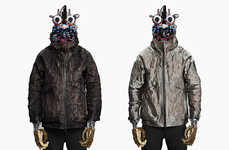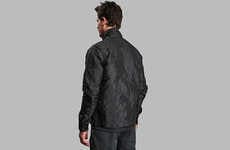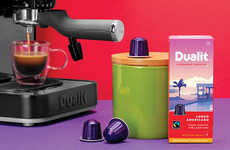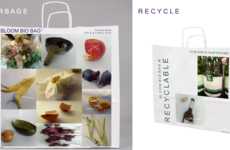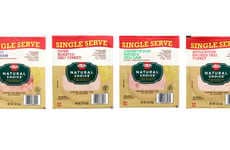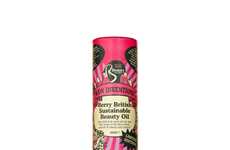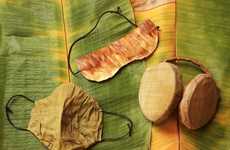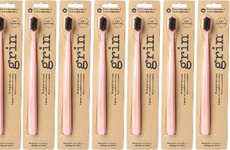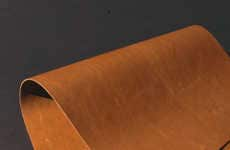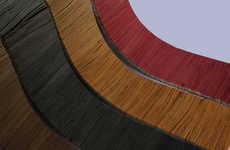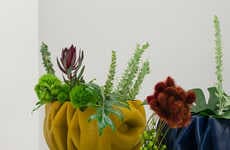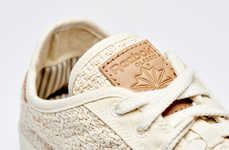



Designers are using fruit and vegetable peels in the development of collections
Trend - In order to strike a unique aesthetic, as well as develop a concept that embraces the importance of sustainability in a way that could possibly impact the industry at-large, designers are releasing clothing, furniture, and other objects that employ food waste—more specifically, peels.
Insight - Aside from the strong emphasis on aesthetics and novelty that contemporary consumers place when making a purchasing decision, many are also concerned about the environment. As a result, the demand for greater sustainability grows across all product categories. Individuals, especially those who prioritize style, are looking for creative and unique solutions that allow them to feel confident through interesting and eye-capturing aesthetics, while simultaneously being environmentally conscious for peace of mind.
Insight - Aside from the strong emphasis on aesthetics and novelty that contemporary consumers place when making a purchasing decision, many are also concerned about the environment. As a result, the demand for greater sustainability grows across all product categories. Individuals, especially those who prioritize style, are looking for creative and unique solutions that allow them to feel confident through interesting and eye-capturing aesthetics, while simultaneously being environmentally conscious for peace of mind.
Workshop Question - How can your brand combine aesthetics and sustainability in your product category?
Trend Themes
1. Sustainable Fashion - More designers are using food waste such as fruit and vegetable peels as a way to create unique and sustainable fashion collections.
2. Circular Economy - Product designers and material scientists are using waste materials, such as potato peelings and corn husks, to create new and innovative materials that can be used in construction, furniture, and home decor.
3. Natural Pigments - The use of natural pigments made from plant-based waste materials, such as fruit and vegetable peels, is being embraced by artists and designers looking for a non-toxic, sustainable alternative to traditional artificial pigments.
Industry Implications
1. Fashion Industry - The fashion industry can incorporate sustainable practices, embracing the use of waste materials as a way to create unique, eco-friendly clothing and accessories.
2. Construction Industry - The construction industry can explore the use of alternative materials made from waste, such as potato peelings and bamboo, as a way to reduce waste and environmental impact.
3. Art and Design - Artists and designers can harness the power of natural pigments made from plant-based waste materials as a way to create unique pieces that are non-toxic and sustainable.
4 Featured, 36 Examples:
146,285 Total Clicks
Date Range:
Dec 18 — Sep 20
Trending:
Warm
Consumer Insight Topics:

